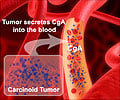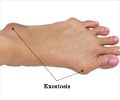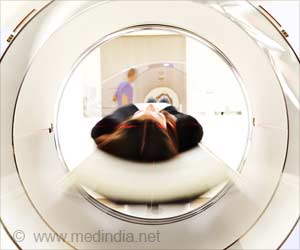The small mobile camera will advance nuclear imaging by allowing imaging procedures at a patient’s bedside, in operating theaters and intensive care units.

According to researchers, the small mobile camera will advance nuclear imaging by allowing imaging procedures at a patient’s bedside, in operating theaters and intensive care units. This will allow surgeons to localize and map tumors and sentinel nodes - the hypothetical first lymph node or group of nodes draining a cancer - to patient anatomy with greater accuracy during surgery.
The project is led by Dr John Lees from the University of Leicester’s Department of Physics and Astronomy, United Kingdom.
“Our system will improve surgical cancer treatments, reducing mortality and morbidity by enabling surgeons to increase lymph or tumor removal efficiency while minimizing damage to normal tissue,” Dr Lees said. This hybrid technology can use for small organ imaging, diagnosis, surgical investigation and visualization of drug delivery.
The researchers are also searching for a range of other clinical applications for the technology including thyroid, lymphatic drainage and ‘lacrimal drainage’.
“By significantly reducing the size of gamma cameras available we hope to provide far more flexibility for patients and clinicians – the camera doesn’t need a dedicated room and can be used by a patient’s bedside or even in the operating theater,” said Sarah Bugby, a postgraduate researcher involved in the project.
Advertisement
Source-Medindia










